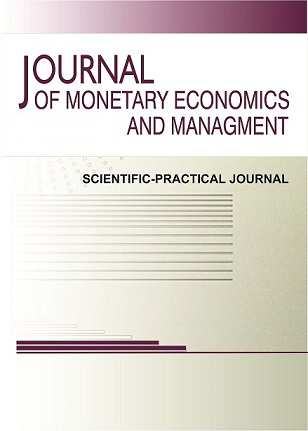graduate student
The article presents a comprehensive analysis of the economic efficiency of different types of intermediate rail fastenings (wedge, reinforced concrete, spring, and composite) on railway sections with varying traffic density. The study employs Life Cycle Cost (LCC) methodology, considering capital expenditures, operating costs, and construction durability. The author provides a detailed comparison of technical and economic parameters of traditional and modern fastenings, revealing the correlation between their efficiency and operational conditions. Special attention is paid to the economic rationale for selecting fastenings depending on traffic intensity: from low-density lines to heavily loaded main routes. Based on operational data analysis, practical recommendations are proposed for track maintenance cost optimization, including the use of composite fastenings in corrosive environments and spring systems on high-speed sections. The results demonstrate that modern fastening types with 15-20 years’ service life can reduce total costs by 15-25% compared to conventional solutions.
rail fastenings, economic efficiency, railway track, service life, operating costs
1. Ivanov A.A. Sovremennye tehnologii soderzhaniya zheleznodorozhnogo puti. Transportnoe izdatel'stvo.- 2023.- 215 s.
2. Petrov V. Economic analysis of railway fastening systems. Journal of Rail Transport. 2022Vol. 15, p. 45-62
3. GOST R 58775-2021 Skrepleniya rel'sovye. Tehnicheskie usloviya
4. Sidorov K.L.Povyshenie effektivnosti zheleznodorozhnoy infrastruktury. Vestnik transportnyh tehnologiy. – 2021.- №4, s. 23-35
5. Johnson M.Advanced materials for railway applications. International Railway Journal.- 2020.-Vol. 12(3),









